-
Simplified core concepts for fast, effective learning
-
Practical clinical skills with step-by-step instructions
-
Evidence-based practice insights aligned with 2025 trends
-
Exam prep featuring practice questions and case studies
-
Proven strategies to excel in coursework and clinicals
-
Ideal for nursing students aiming for top grades
Preview
A nurse working in a long-term care facility bases patient care on five caring processes:
knowing, being with, doing for, enabling, and maintaining belief. This approach to patient
care best describes whose theory?
A. Travelbee’s
B. Watson’s
C. Benner’s
D. Swanson’s – -CORRECT ANS- -d.
Swanson (1991) identifies five caring processes and defines caring as “a nurturing way of
relating to a valued other toward whom one feels a personal sense of commitment and
responsibility.” Travelbee (1971), an early nurse theorist, developed the Human-to-Human
Relationship Model, and defined nursing as an interpersonal process whereby the
professional nurse practitioner assists an individual, family, or community to prevent or
cope with the experience of illness and suffering, and if necessary to find meaning in these
experiences. Benner and Wrubel (1989) wrote that caring is a basic way of being in the
world, and that caring is central to human expertise, curing, and healing. Watson’s theory is
based on the belief that all humans are to be valued, cared for, respected, nurtured,
understood, and assisted.
A nurse is assessing a patient who is diagnosed with anorexia. Following the assessment,
the nurse recommends that the patient meet with a nutritionist. This action best
exemplifies the use of:
A. Clinical judgment
B. Clinical reasoning
C. Critical thinking
D. Blended competencies – -CORRECT ANS- -a.
Although all the options refer to the skills used by nurses in practice, the best choice is
clinical judgment as it refers to the result or outcome of critical thinking or clinical
reasoning—in this case, the recommendation to meet with a nutritionist. Clinical reasoning
usually refers to ways of thinking about patient care issues (determining, preventing, and
managing patient problems). Critical thinking is a broad term that includes reasoning both
outside and inside of the clinical setting. Blended competencies are the cognitive,
technical, interpersonal, and ethical and legal skills combined with the willingness to use
them creatively and critically when working with patients.
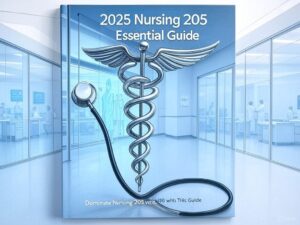
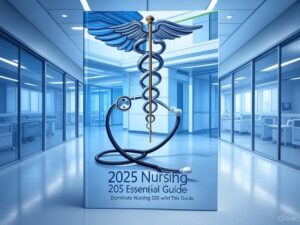


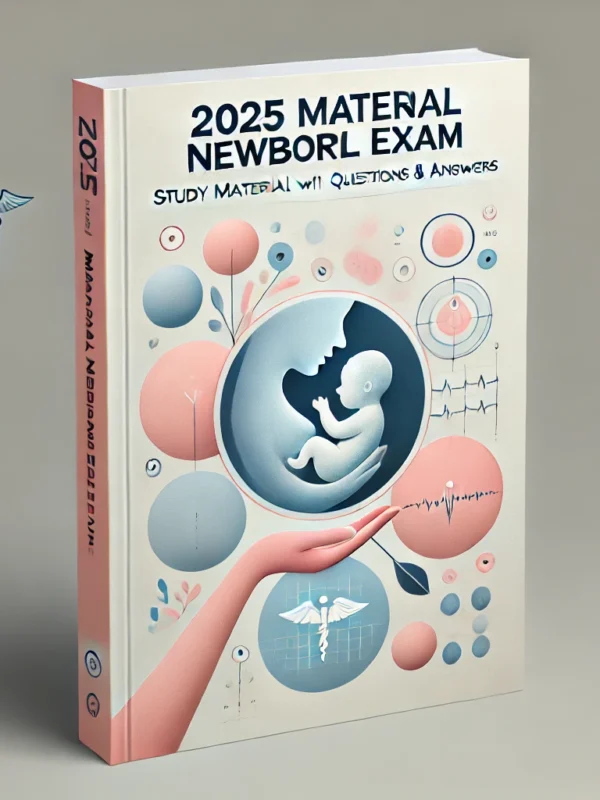

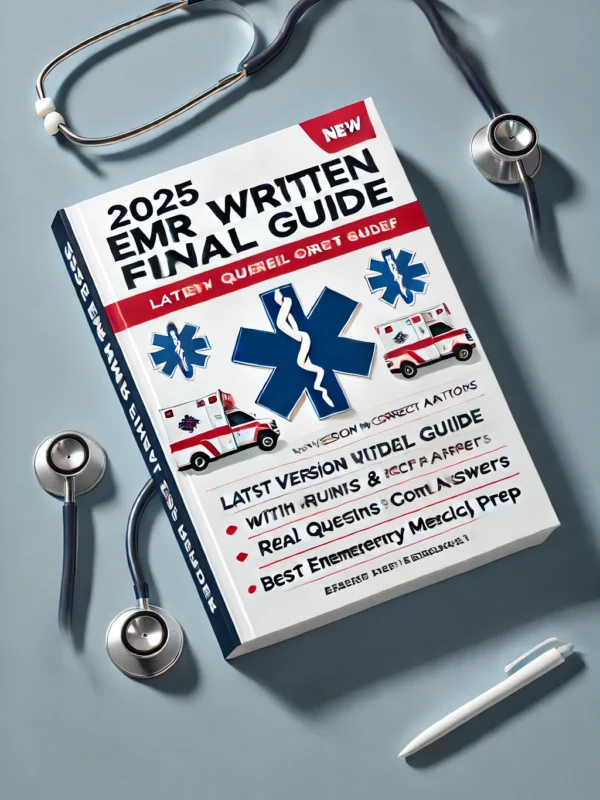
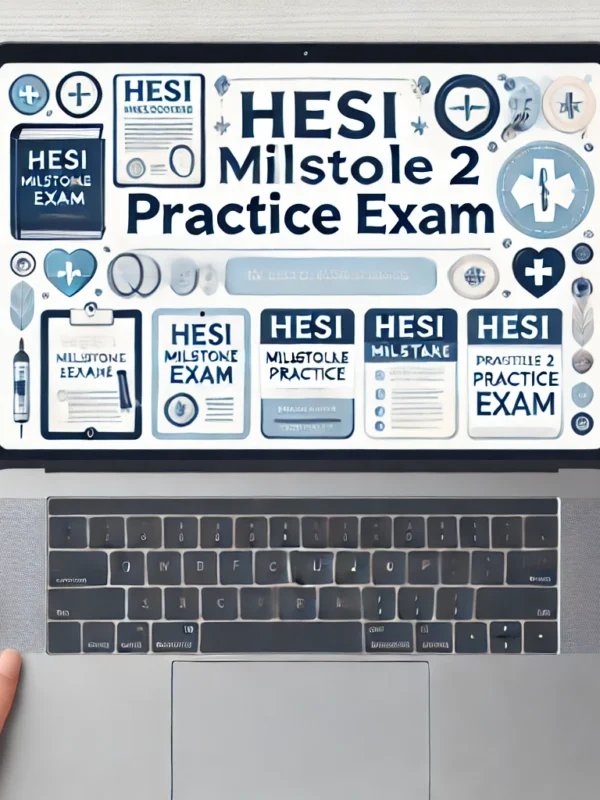

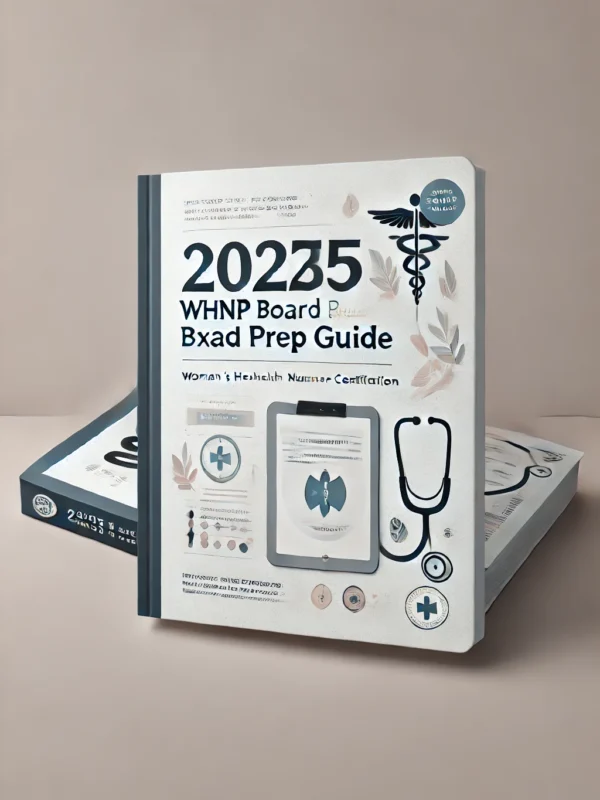
Reviews
There are no reviews yet.